

KGS Home > Geology of Kentucky
Carbonate Buildup, Pleasant Hill Mound
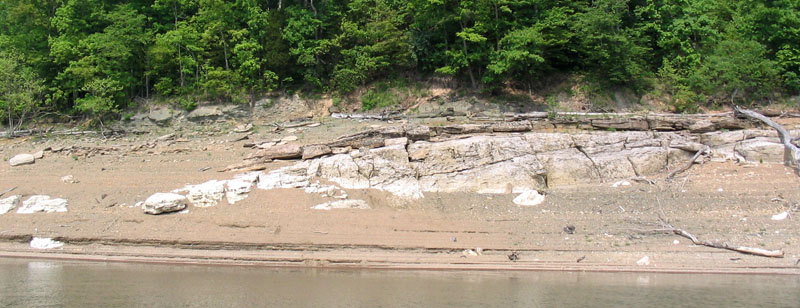
Figure 7. Massive wackestone on the west flank of the Pleasant Hill mound.
The carbonate flanks of the Pleasant Hill mound are well exposed at low water level (Figs. 7-8). Limestones on the western flank of the core shale is thicker than on the eastern flank (Fig. 2). The carbonate on the western flank changes thickness and slope downdip on the mound, so the lower part of the carbonate may represent a part of the flank that has slumped laterally down the core shale.
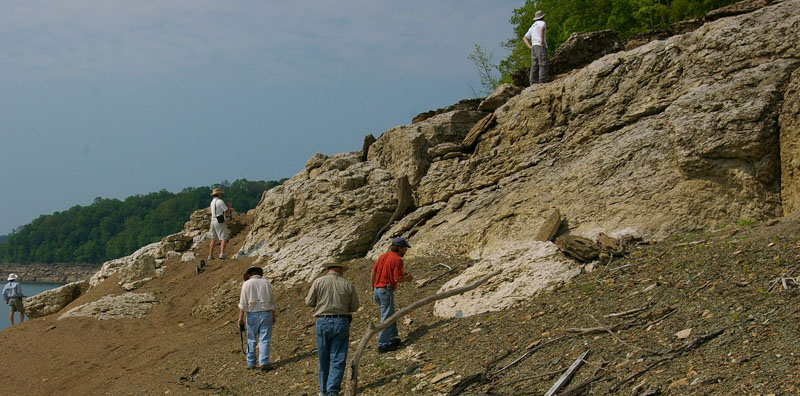
Figure 8. Massive wackestone capped by grainstone and packestone on the west flank of the Pleasant Hill mound.
The west carbonate flank consists of a basal, 0.3 ft (0.1 m) of coarse, crinoidal grainstone to packstone; 8.2 ft (2.5 m) of massive wackestone containing irregular chert nodules and Stromatactus-like cavities (Fig. 9); 2.1 ft (0.65 m) of massive crinoidal grainstone to packstone; 2.5 ft (0.75 m) of massive crinoidal grainstone with less siliceous material than underlying units; 1.6 ft (0.5 m) of fossiliferous green shale; 3 ft (0.9 m) of massive crinoidal grainstone to packstone with chert masses and geodes
(purple in Figure 2); capped by fossiliferous, green shale that covers both flanks of the carbonate buildups (Meyer and Ausich, 1992; Meyer and others, 1995). The upper part of the carbonate buildup consists of mottled (probably dolomitized burrows), crinoidal debris and geodes (Fig. 10). The carbonates at this buildup contain abundant chert- and quartz-filled vugs and fractures, and many geodes (Figs. 11-12). Crinoids are common in the carbonates and shales (Fig. 13). Meyer and Ausich list 18 different crinoid genra from the Pleasant Hill wackestone mound, seven of which are monobathrid camerates.
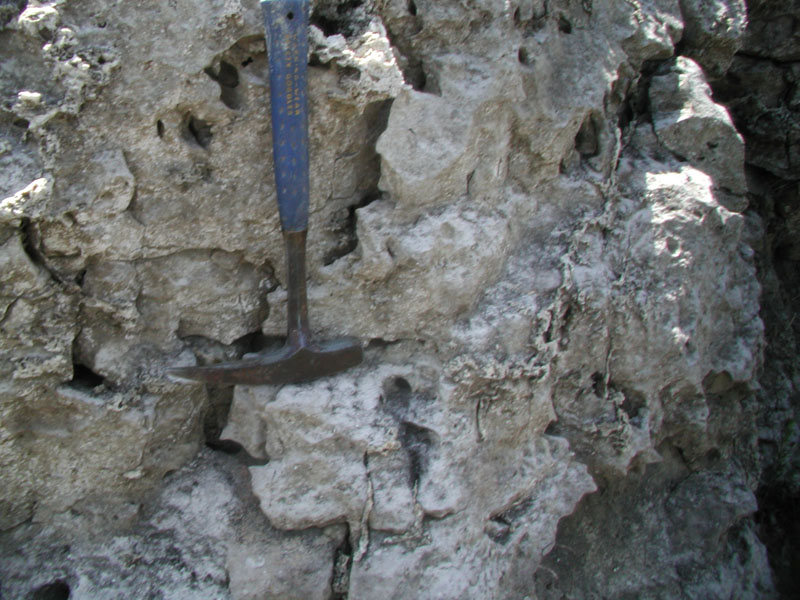
Figure 9. Large pores and vugs resembling Stromatactus cavities, which are common in Waulsortian-type mounds, in massive wackestone flank of the Pleasant Hill mound.
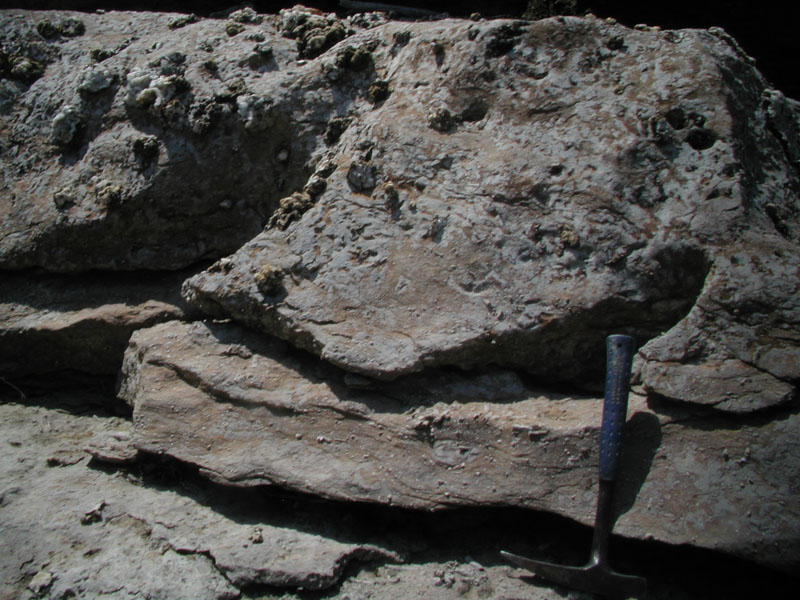
Figure 10. Capping layer of the carbonate mound at Pleasant Hill contains geodes and crinodal debris in the upper part.
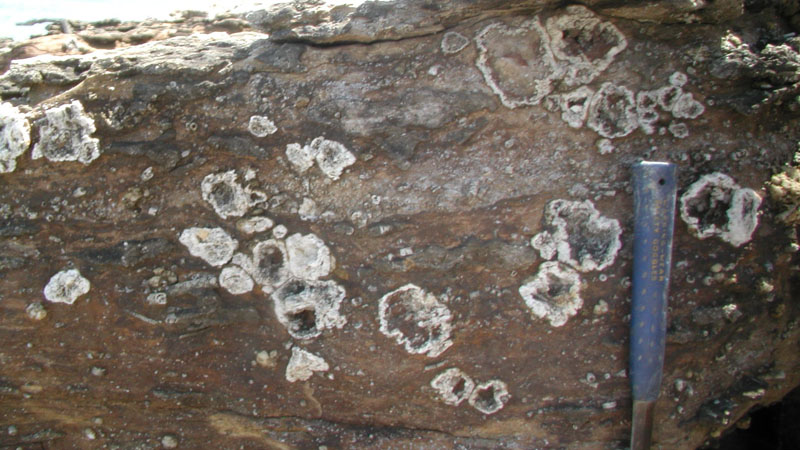
Figure 11. Geodes and crinoidal debris in the upper carbonate mound at Pleasant Hill.
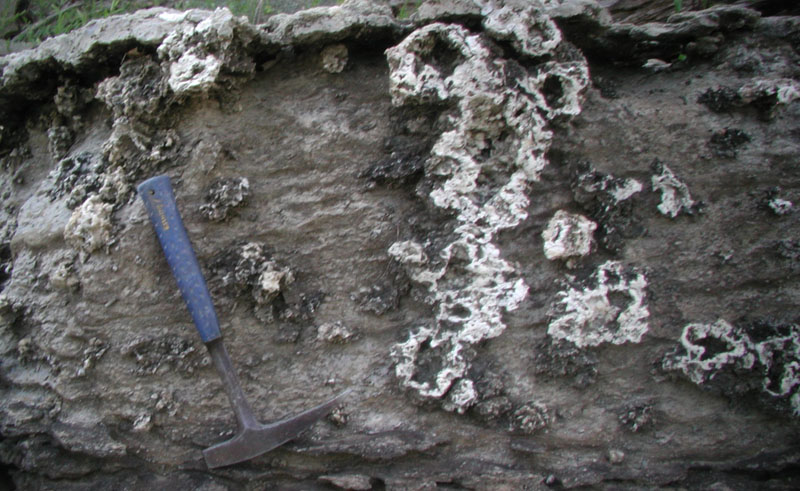
Figure 12. Vertically alligned geodes in a possible fracture in the upper carbonate mound at Pleasant Hill. Scale in centimeters.
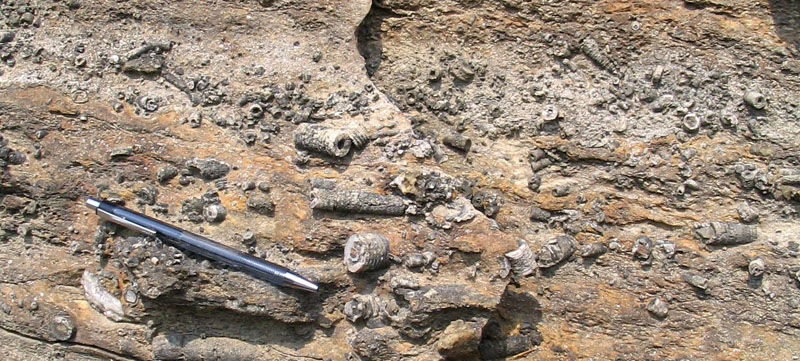
Figure 13. Detail of crinoidal debris in section of packestone at the Pleasant Hill mound.
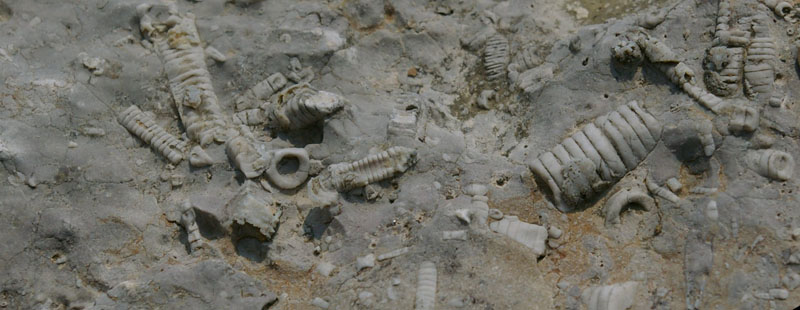
Figure 14. Crinoidal debris on bedding surface in wackestone at the Pleasant Hill mound.
Continue to Continue to Capping Strata, Pleasant Hill Mound
Back to Fort Payne Formation Field Trip in the Lake Cumberland Region
Back to top of Geology of the Fort Payne Formation